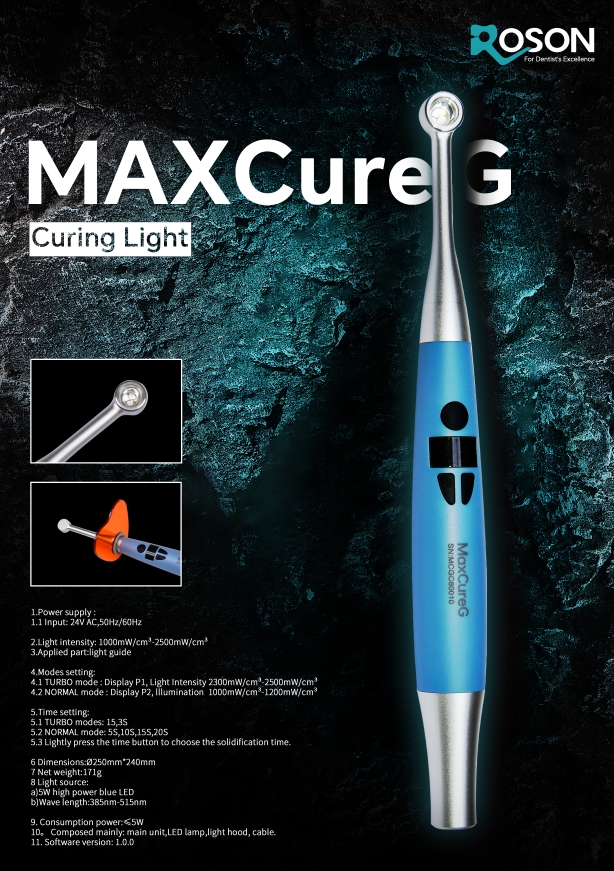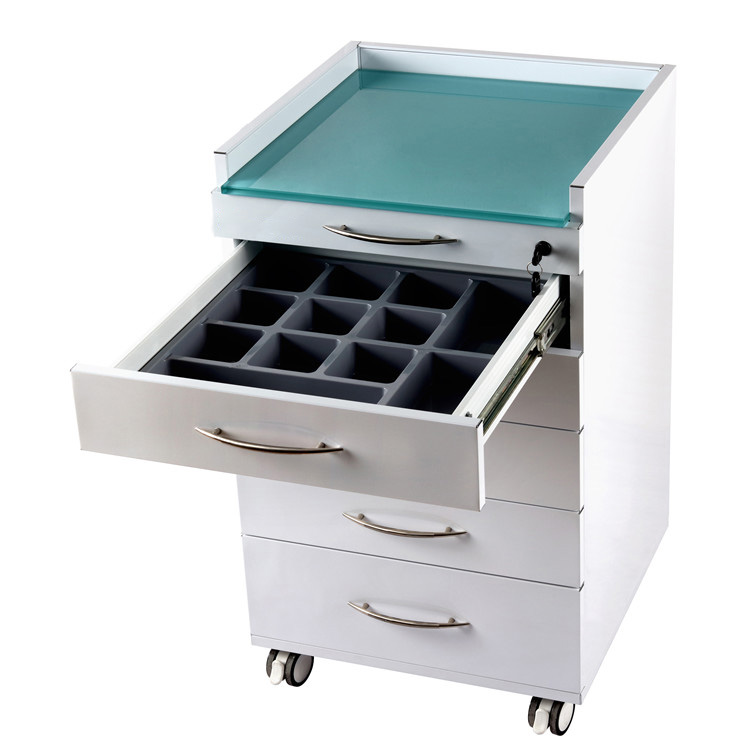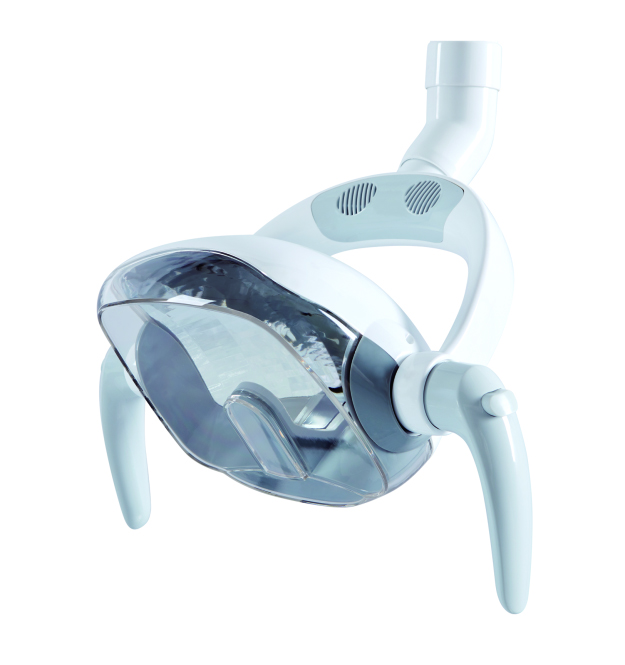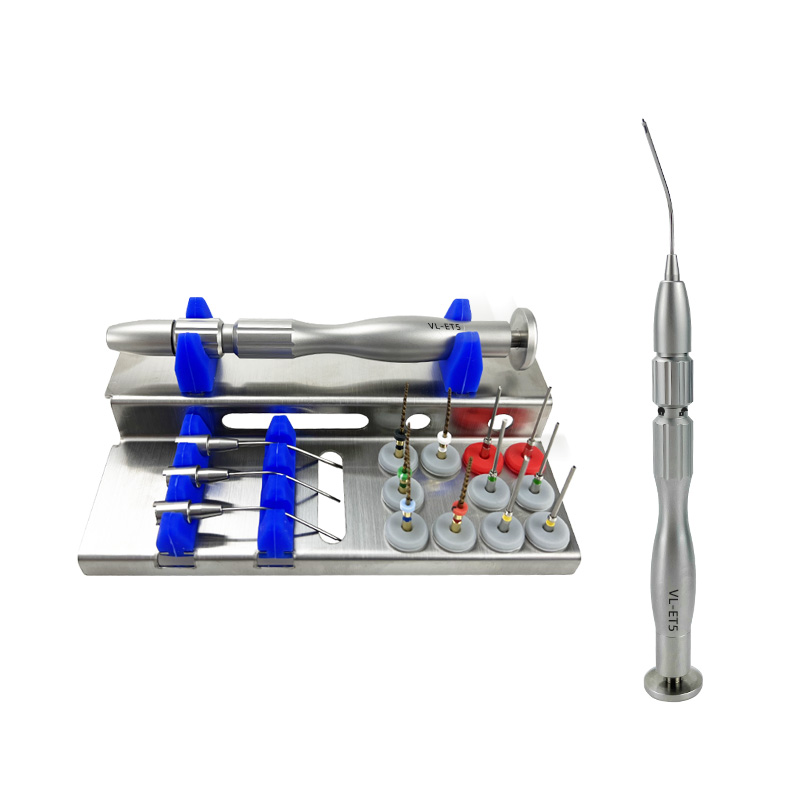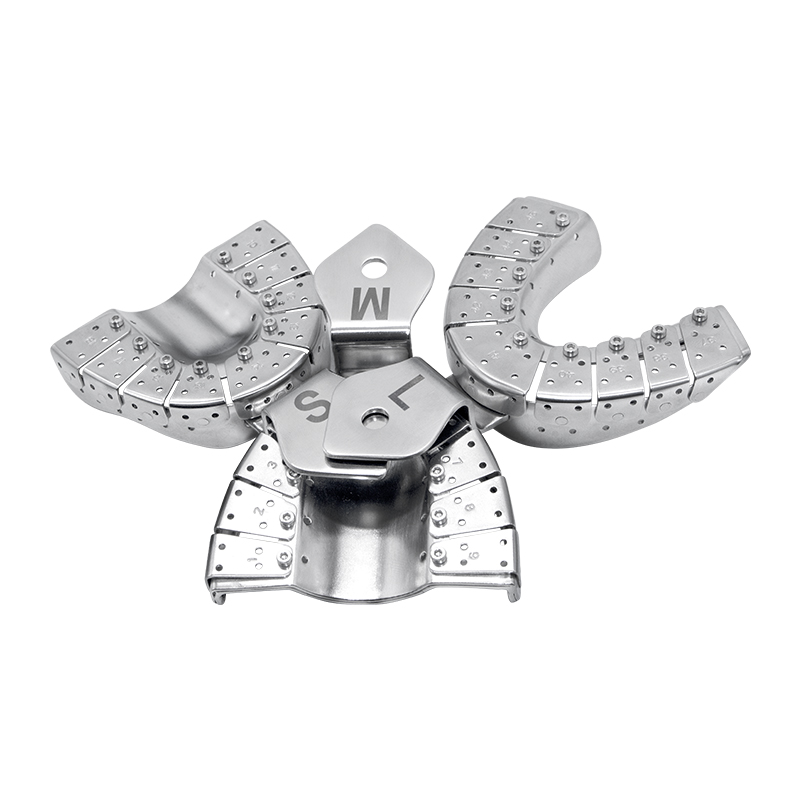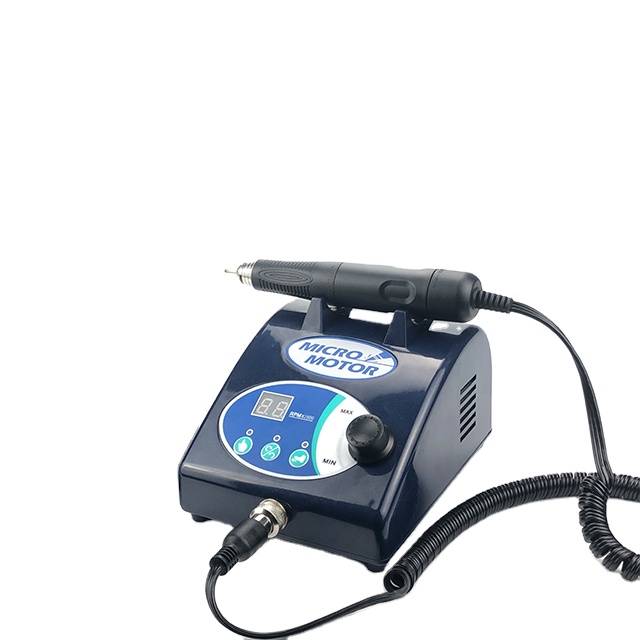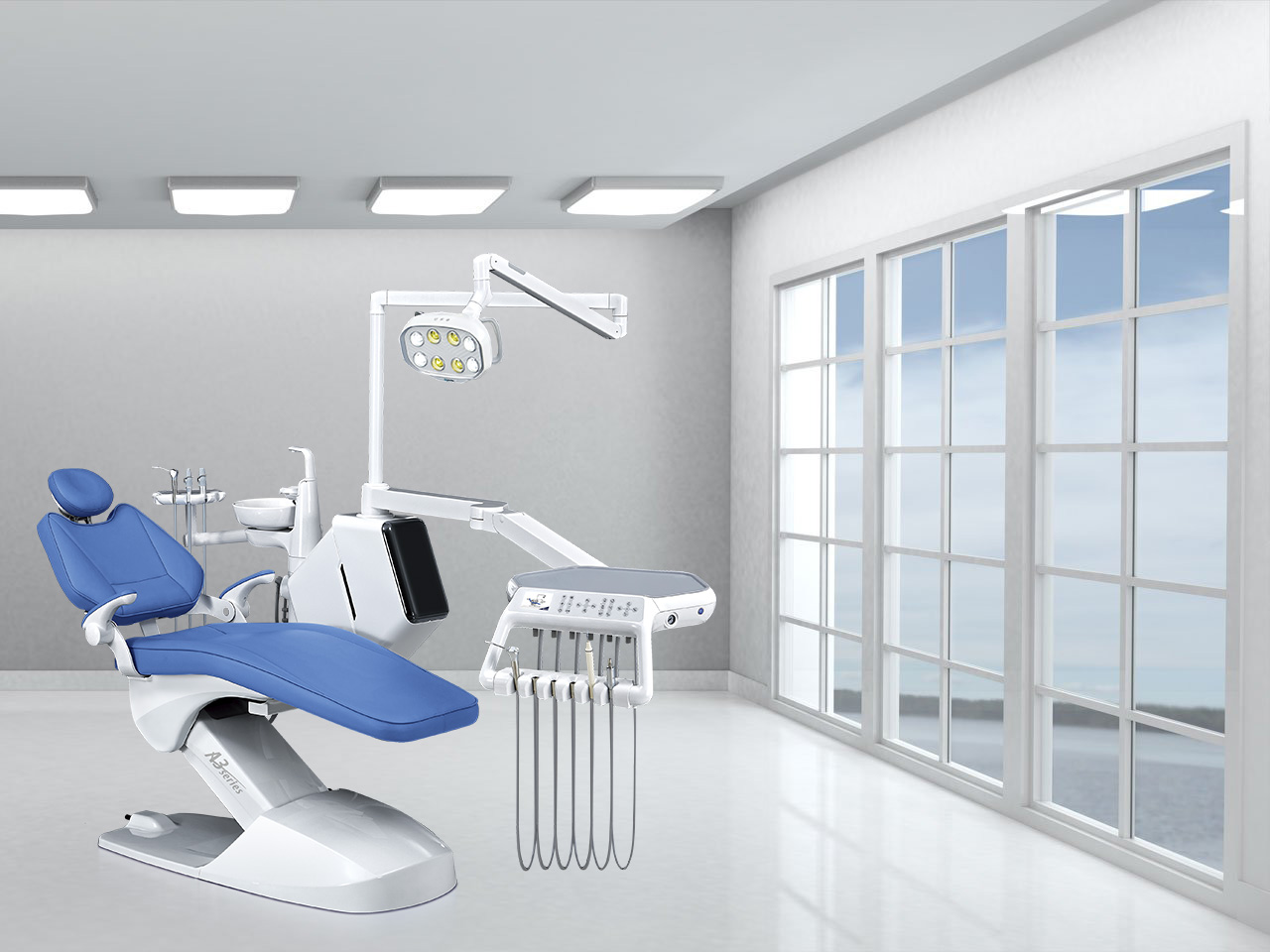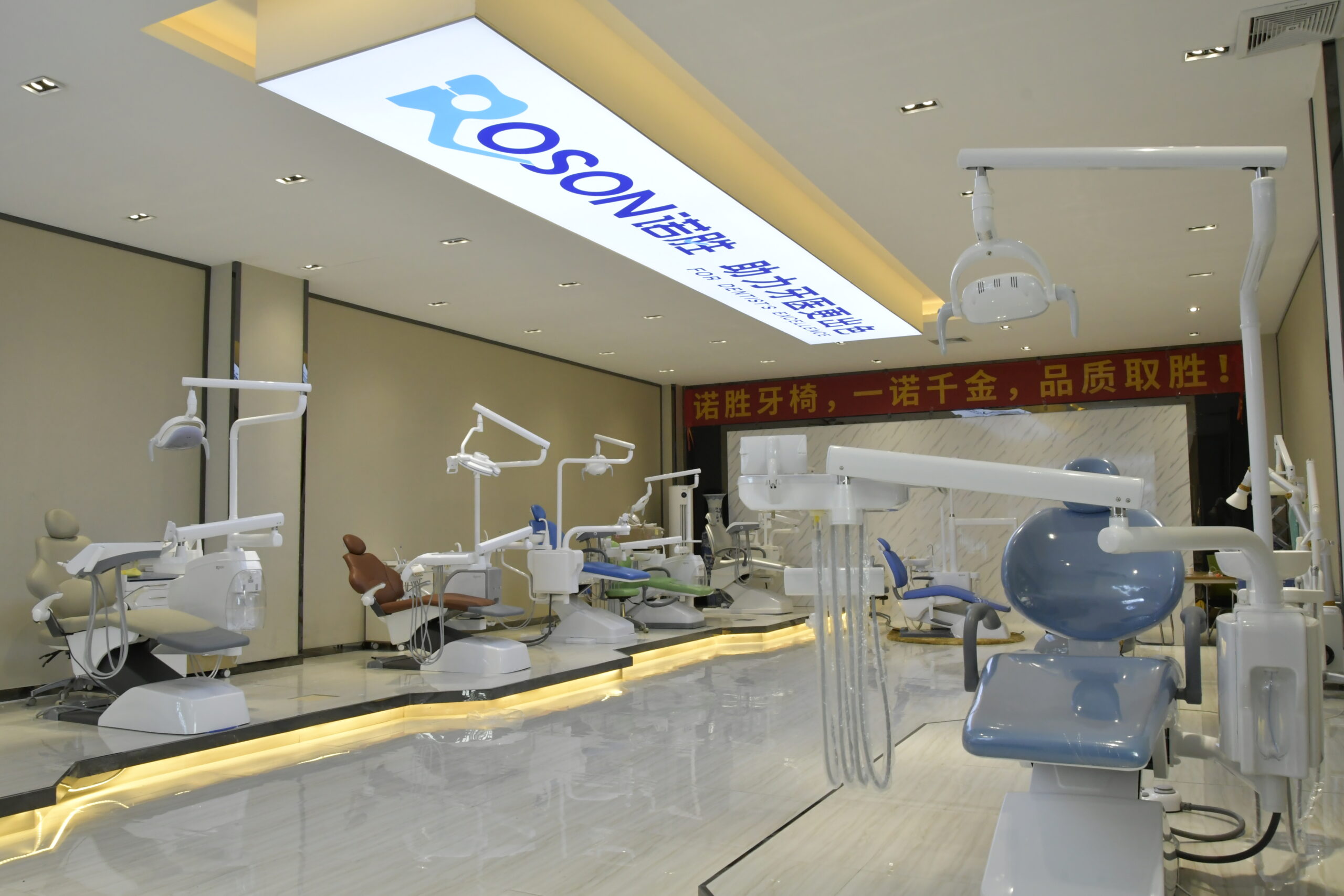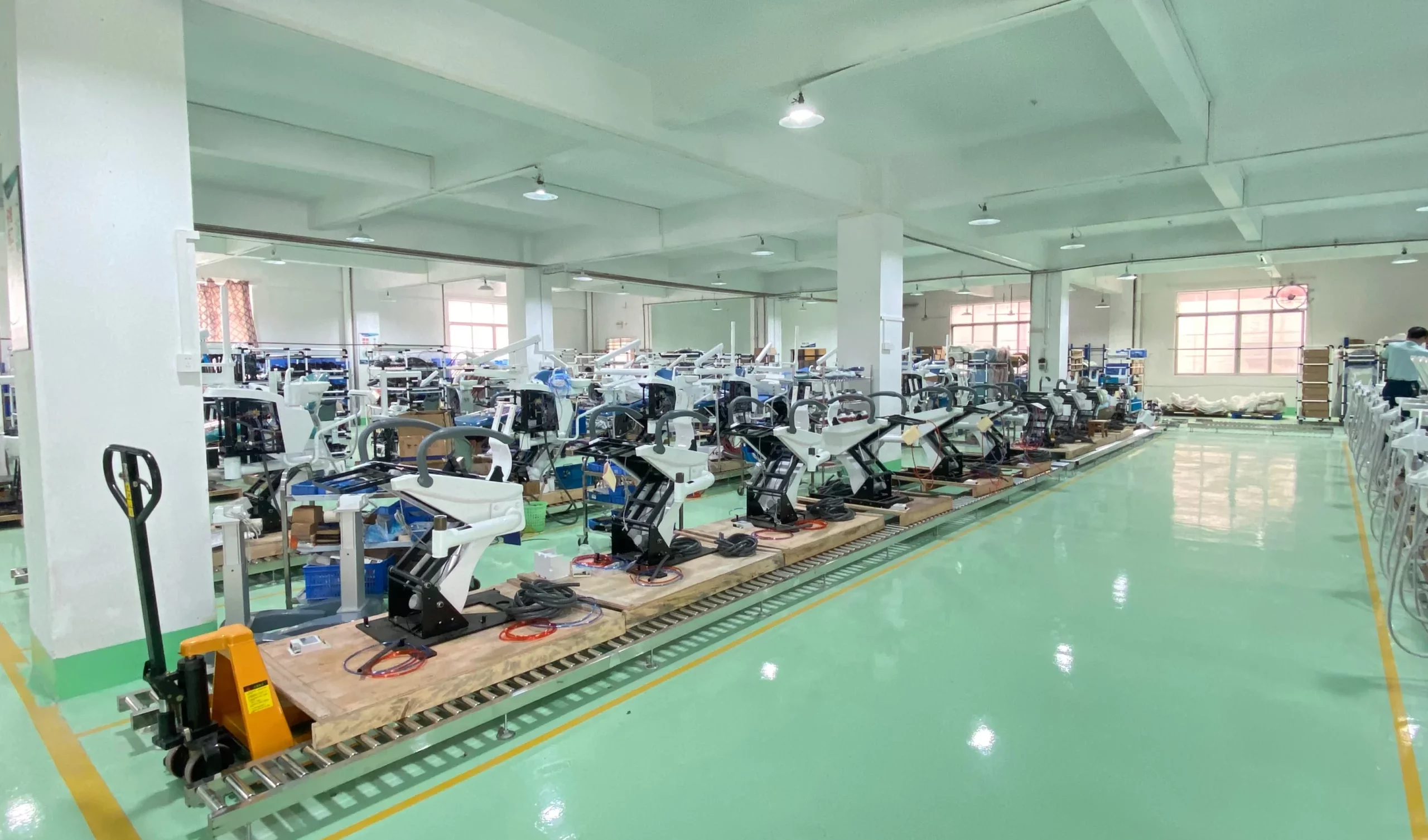- Home
- Portfolios
- LED Dental Curing Light RC131
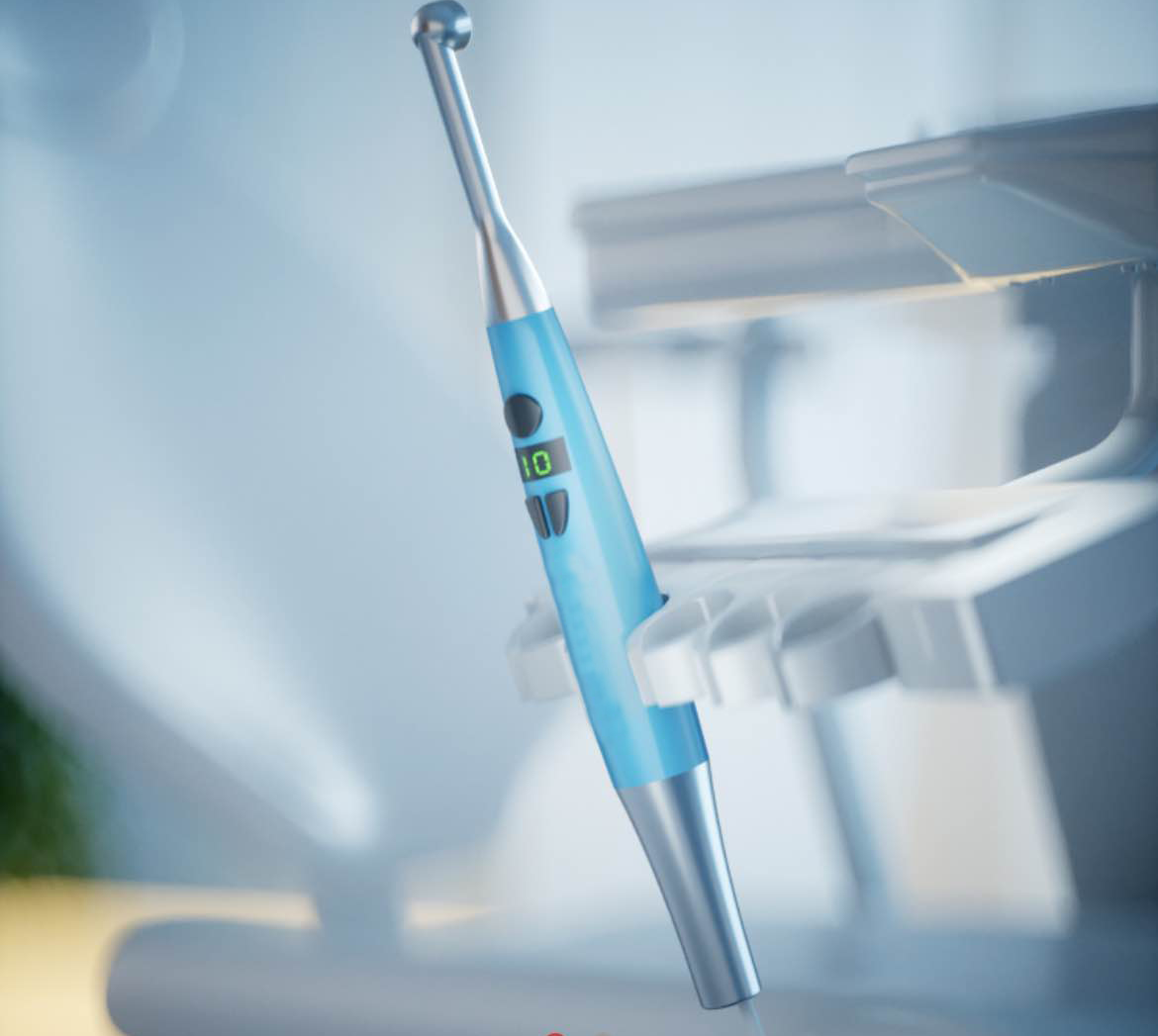
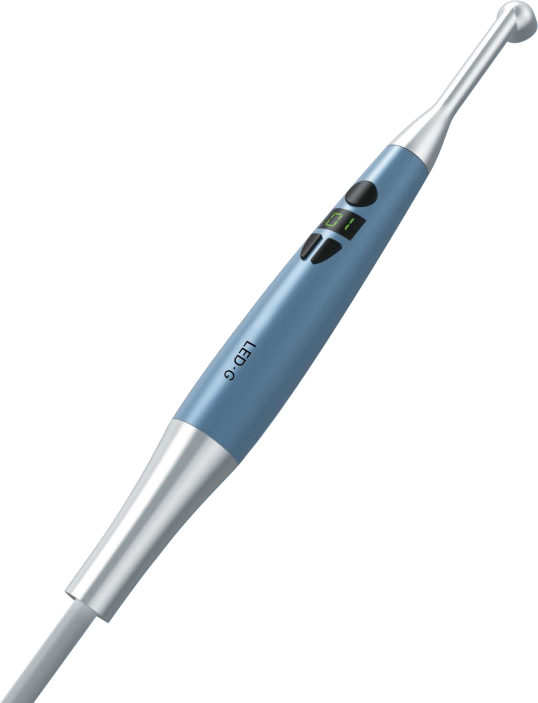
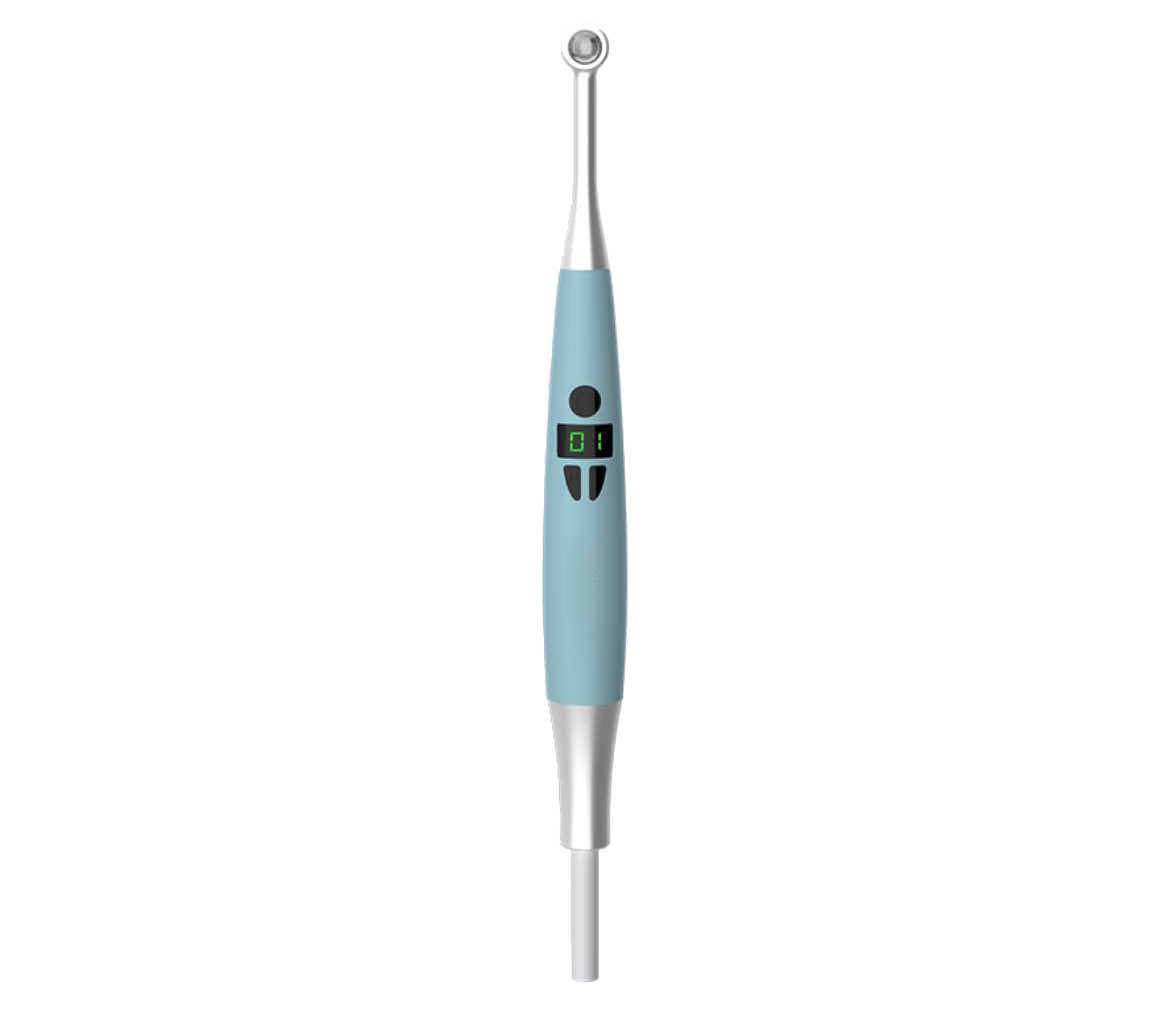




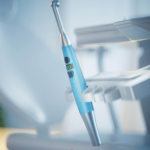
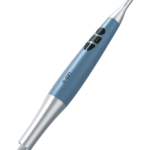
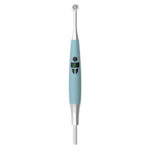
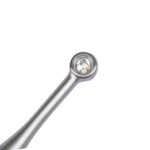

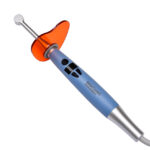
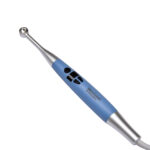
LED Dental Curing Light RC131
1.Power supply :
1.1 Input: 24V AC,50Hz/60Hz
2.Light intensity: 1000mW/cm³-2500mW/cm³
3.Applied part:light guide
4.Modes setting:
4.1 TURBO mode : Display P1, Light Intensity 2300mW/cm³-2500mW/cm³
4.2 NORMAL mode : Display P2, lllumination 1000mW/cm³-1200mW/cm³
5.Time setting:
5.1 TURBO modes: 15,3S
5.2 NORMAL mode: 5S,10S,15S,20S
5.3 Lightly press the time button to choose the solidification time.
6 Dimensions:Ø250mm*240mm
7 Net weight:171g
8 Light source:
a)5W high power blue LED
b)Wave length:385nm-515nm
9. Consumption power:≤5W
10。 Composed mainly: main unit,LED lamp,light hood, cable.
11. Software version: 1.0.0
Product Description & Highlights
Dental curing light are indispensable in dental procedures involving composite restorations, bonding, sealants, and other applications where the hardening of materials is necessary for proper dental treatment and longevity of restorations.
Ergonomics and Design: Modern curing lights are designed to be ergonomic, allowing easy handling and maneuverability within the oral cavity. Some have cordless and lightweight designs for improved convenience.
Safety Precautions: Eye protection is crucial for both the patient and the dental staff during the use of curing lights as prolonged exposure to the emitted light can be harmful to the eyes.
Maintenance: Regular maintenance and calibration are necessary to ensure the curing light operates at its optimal performance level. This may involve replacing bulbs (for older models), checking light intensity, and ensuring proper functioning of the device.
LED Curing Lights: Light-Emitting Diode (LED) curing lights are commonly used in dental practices due to their efficiency, durability, and various light intensity settings.
Halogen Curing Lights: These were widely used before LEDs became prevalent. They emit a broad spectrum of light but have been largely replaced by LED lights due to their longer curing times and heat generation.
Wavelength and Power Density: Curing lights emit light in a specific wavelength range (usually around 450-470 nm for blue light). Higher power density and the appropriate wavelength are crucial for adequate polymerization of dental materials.
Curing Time: The time required for curing materials varies depending on the type and thickness of the material being cured, the light intensity, and the specific curing light used. Typically, it ranges from a few seconds to a minute per layer.
Purpose: Dental curing lights emit a specific wavelength of light, usually in the blue light spectrum, to activate photoinitiators in dental materials. This activation initiates a chemical reaction called polymerization, which causes the materials to harden and bond to the tooth structure.
